As a result, the mall was put into receivership, where it remains. But the 162,000-square-foot former Sears space was sold to a local church, Crossroads, which has transformed 90,000 square feet of the former store into a house of worship and community hub with a traditional indoor entrance to the rest of the mall.
“Nothing says dying mall like having a church move in,” said Rebecca Maguire, marketing manager of the Dayton Mall. “But Crossroads has a huge following, and they are so community driven that I think any mall in the world would be lucky to have a partner like that.”
It’s fair to ask if a struggling mall is the right place for a church, and Matt Castleman, the pastor of Crossroads Church in Dayton, said the religious organization had its own reservations.
“People were asking, is chaining yourself to a mall wise?” said Castleman.
The church, part of an eight-church network based in Cincinnati, celebrated its first services on this year’s Easter Sunday and has drawn thousands to the once moribund mall. The church also decided to keep the complex open seven days a week, whenever the mall is open.
“We have 400 to 500 people a week pop in who have no affiliation to the church,” Castleman said. Teenagers fan the mall after services to eat at the food court and show back up at the church with bags from stores like Claire’s and Dick’s Sporting Goods, Castleman said.
Of course, Claire’s bankruptcy filing this week is one more sign of how the hard times for long-time mall tenants are not going away. But filling old anchors with new, niche businesses or destinations, like in the case of the Dayton Mall with its new church tenant, is precisely the type of “cross-shopping” mall landlords are seeking.
While a church is the unconventional salvation of the Dayton Mall, other malls are also finding out-of-the-box suitors to fill big empty spaces.
The fall of the American mall has long been chronicled, and not exactly greatly exaggerated. Enclosed malls with anchor stores, a bustling food court, and a stable of trendy fashion retailers sandwiched between were the centerpiece of post-WWII suburbia for generations. However, changing demographics, shifting shopping habits, and the rise of Amazon and e-commerce all contributed to the decline of malls.
But recent data and industry executives suggest that the enclosed mall could be positioned for a rebirth.
The trend of repurposing empty anchors, which in some cases began a decade ago, took a long time to bear fruit, said Stephen Lebovitz, CEO of CBL Properties, one of the largest mall landlords in the U.S. with more than 155,000,000 square feet of mall space.
“We have had a rebound and built a lot of positive momentum. These projects to backfill anchors don’t happen overnight,” Lebovitz said. And even when the old anchors were filled relatively quickly, it can take time to break through to customers.
“It has taken several years to recover from anchor closings in 2017-2018,” Lebovitz said, referring to a wave of anchors that closed that year. The past decade has seen traditional anchors like Macy’s, JCPenney, and Sears shutter.
The subdivided mall and ‘cross-shopping’
Lebovitz said the key to success is subdividing formerly sprawling anchor stores into niche players that all draw in their cross-shopping constituencies. There are former Sears’ locations in the CBL portfolio that were generating $7 million to $8 million a year, with newly filled, subdivided ones bringing in a combined five to six times that amount, according to Lebovitz. A variety of different businesses are filling those voids, from restaurants like The Cheesecake Factory, to large retailers like Dick’s Sporting Goods, entertainment options like Dave & Buster’s, or hotels.
Lebovitz said that mall developers are also trying to add more experiential categories, such as games, bowling, and laser tag.
Other mall owners are taking it even a step further, converting old stores into things like apartments or large food courts.
Brookfield Properties, another major mall landlord, is seeing similar success from the same playbook. Brookfield’s mall portfolio is more upscale, insulating it from some of the retail turmoil, but they’ve still had to repurpose some anchors (or “reprogram the box” in industry parlance).
“Gen Z loves the mall; they love the experience of the mall and being in person with each other at malls,” said Kirsten Lee, executive vice president of luxury leasing at Brookfield Properties. Lee points to the post-Covid experience as a turning point when people sought out old comforts like the mall.
“People are seeing the shopping center as a community space,” Lee said. To lean into that, Brookfield’s Tyson’s Galleria, for example, has added a bowling entertainment complex and yoga studio to the mix.
That has helped to increase the amount of crossover shopping, Lee said, with customers who may hit the lanes for some games of bowling and then go look for a new shirt.
Recent data from Placer.ai shows that the positive mall vibes from owners are more than just corporate cheerleading, with a tangible increase in traditional enclosed mall traffic. R.J. Hottovy, head of analytical research at Placer.ai, agrees with mall owners that the changes made to anchors over the past few years are finally taking hold.
“It takes time,” Hottovy said, adding that open-air “lifestyle centers” were the first to adopt mixed-use strategies successfully. “Now we are starting to see enclosed malls do it.”
Hottovy credits much of the success to non-traditional anchor selections, with malls incorporating a variety of tenants into their mix. For the 2024 holiday season, mall visits were ahead of retailers, Hottovy said. People were going to malls for reasons other than shopping, including seasonal events, restaurants, and movie theaters.
In some cases, Hottovy said, the malls are experiencing a “Barnes & Noble” effect even when it isn’t a formal anchor. At the Coronado Center mall in Albuquerque, New Mexico, Barnes & Noble accounted for 7.9% of visits to the mall in 2024, outperforming both Macy’s and JCPenney. Barnes & Noble has approximately 660 stores throughout the United States, with 107 of them located in traditional enclosed malls.
“Malls are absolutely places we are interested in being a part of,” said Jason Stryker, head of real estate and development for Barnes & Noble, which has been lauded for its turnaround. The company is considering adding 10 more enclosed mall locations this year and is actively exploring approximately a dozen now-vacant Forever 21 sites, which are often sprawling and sometimes two stories high, making it a good fit for a Barnes & Noble layout, Stryker said.
Stryker says the bookseller aims for a store in the 18,000 to 22,000 square foot range so that an old anchor is often carved up among niche retailers.
“We like to be around stores where people will cross-shop,” Stryker said, adding that Barnes & Noble can be especially appealing to malls because “We really don’t compete with any other retailer there.”
Developers point to something intangible that malls capture, nostalgia, and they may be onto something.
“Most Gen X and millennials spent their adolescent years making memories in malls – going to the food court with their friends, smelling all the lotions or perfumes at a store, or just generally hanging out chatting,” said Dr. Vassilia Binensztok, a Florida-based licensed mental health counselor and the founder of Juno Counseling and Wellness, a group psychotherapy practice. “For many people, going to the mall can make them feel more like themselves as it evokes memories of those younger days,” Binensztok said.
Meanwhile, the coffee and free WiFi will continue to flow at Crossroads Church at the Dayton Mall while other malls look to unconventional anchor tenants.
“We want life, business, money, and energy to surge back into the mall,” said Castleman.

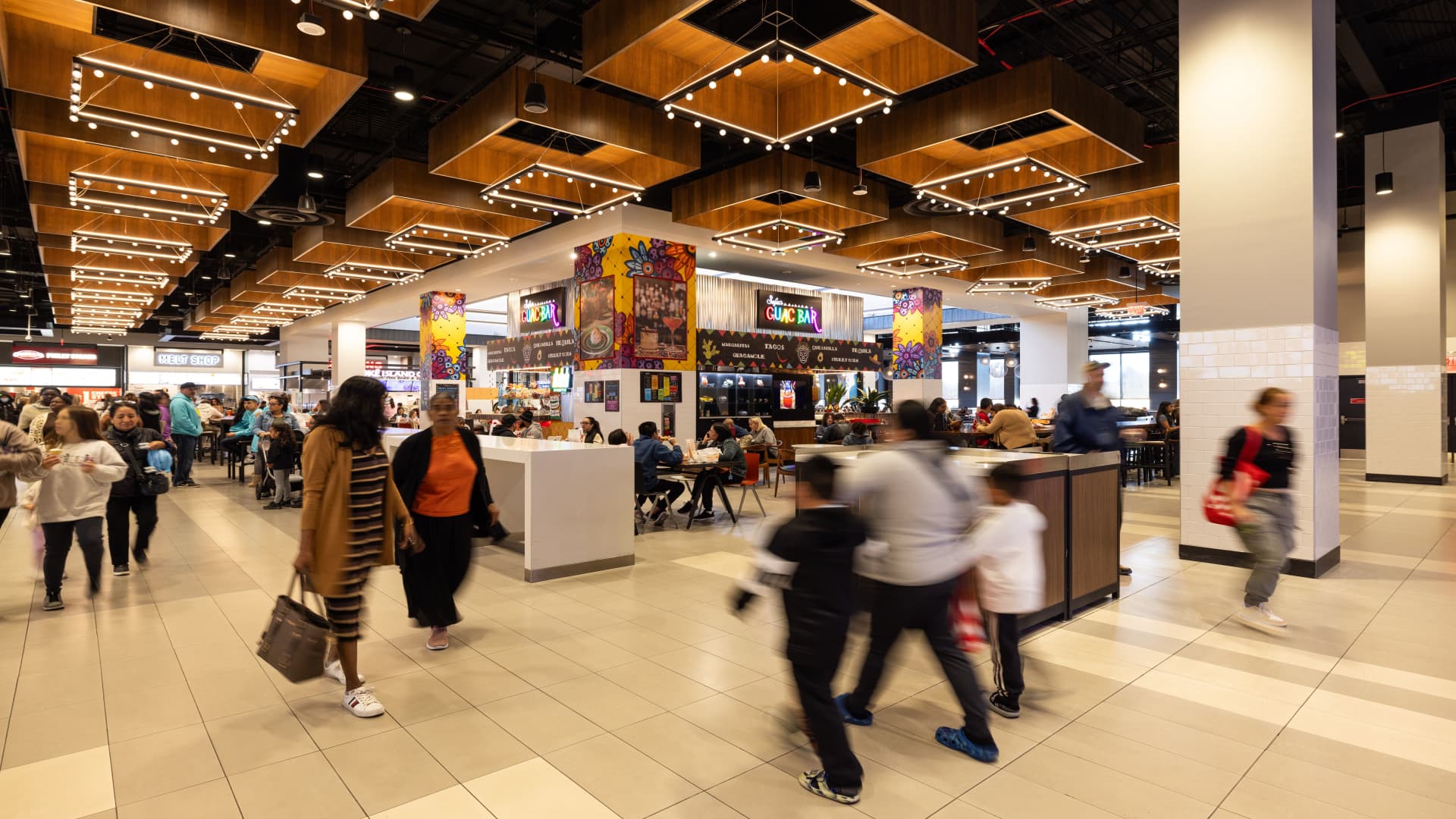
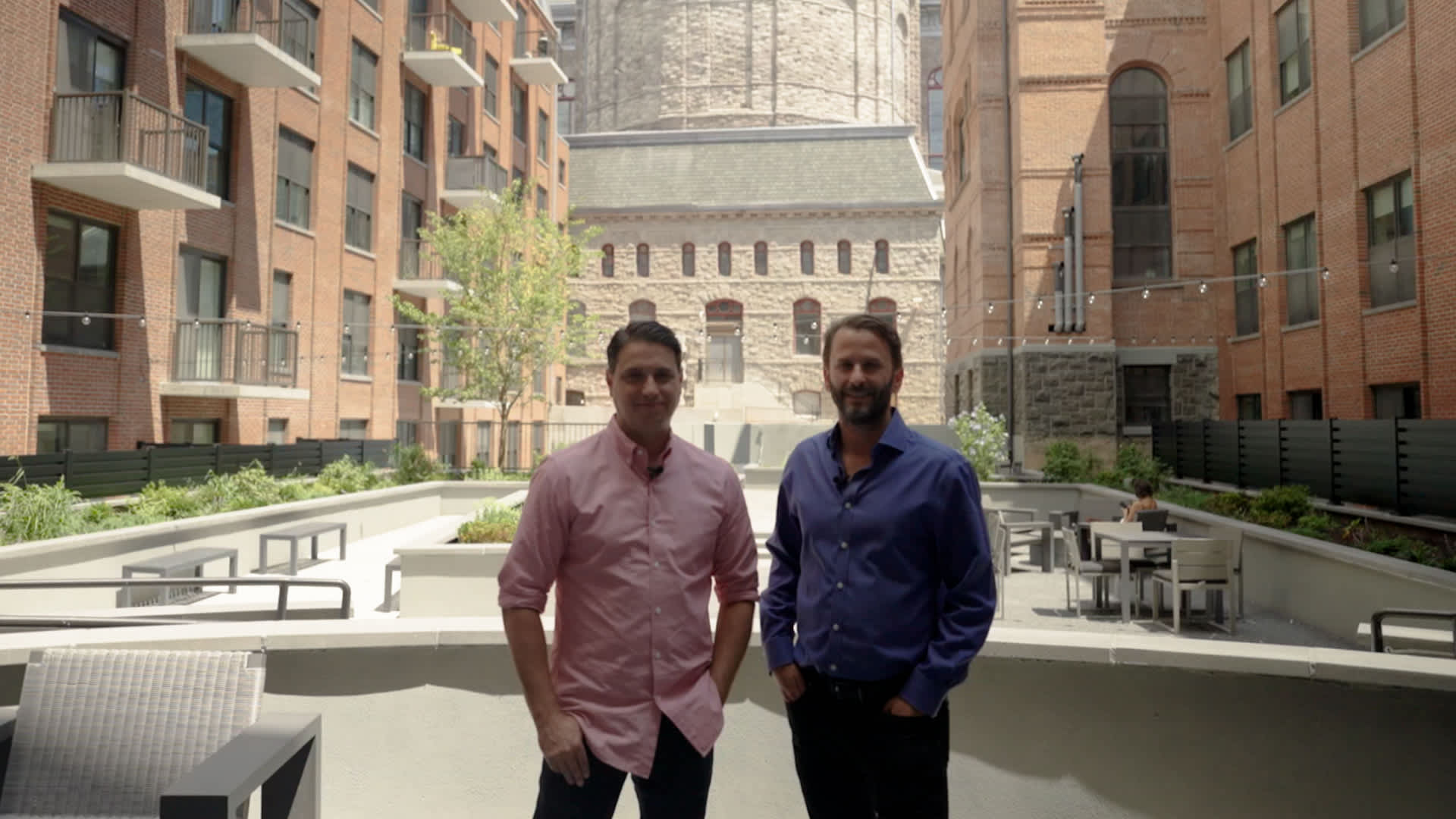
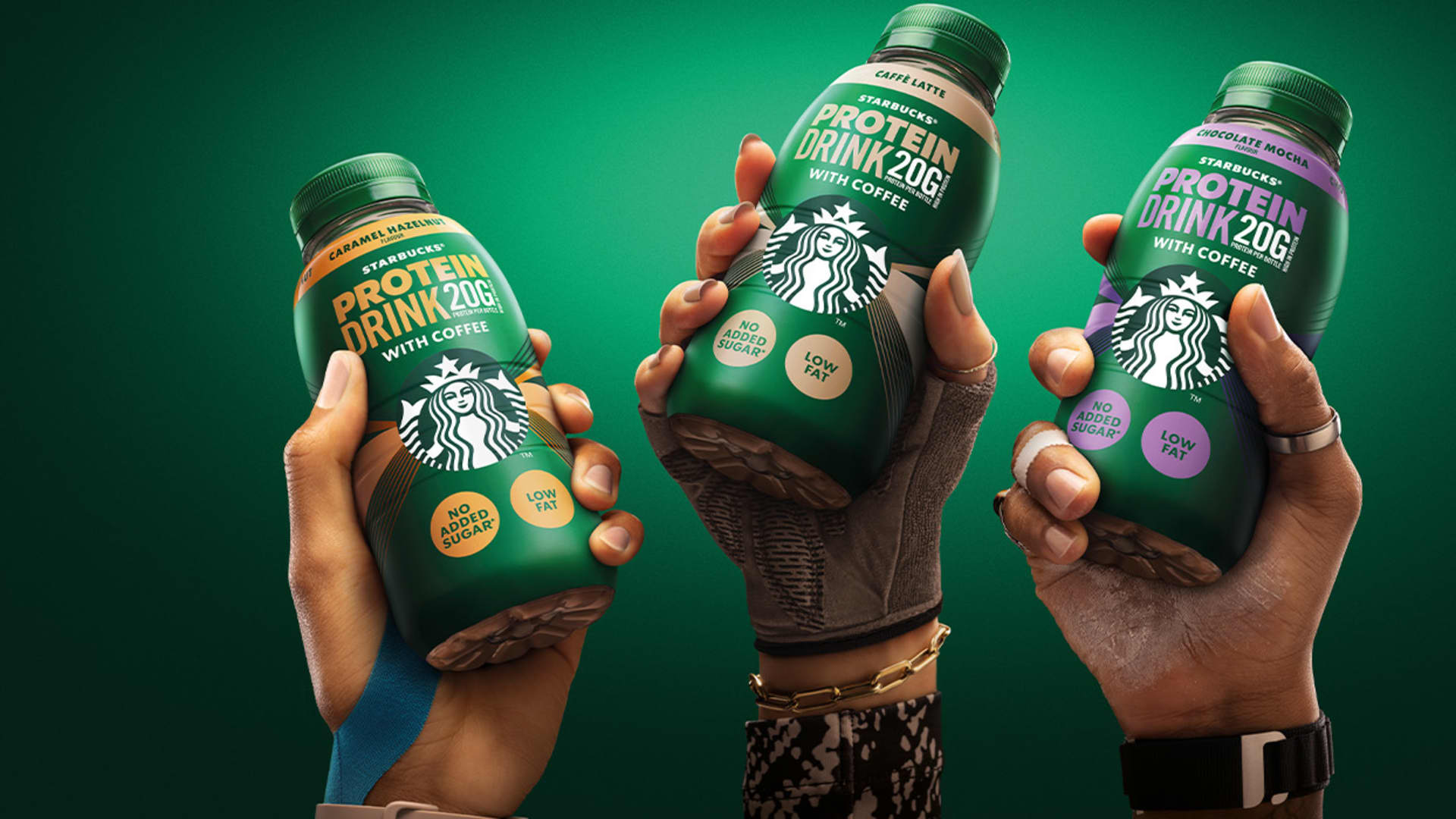





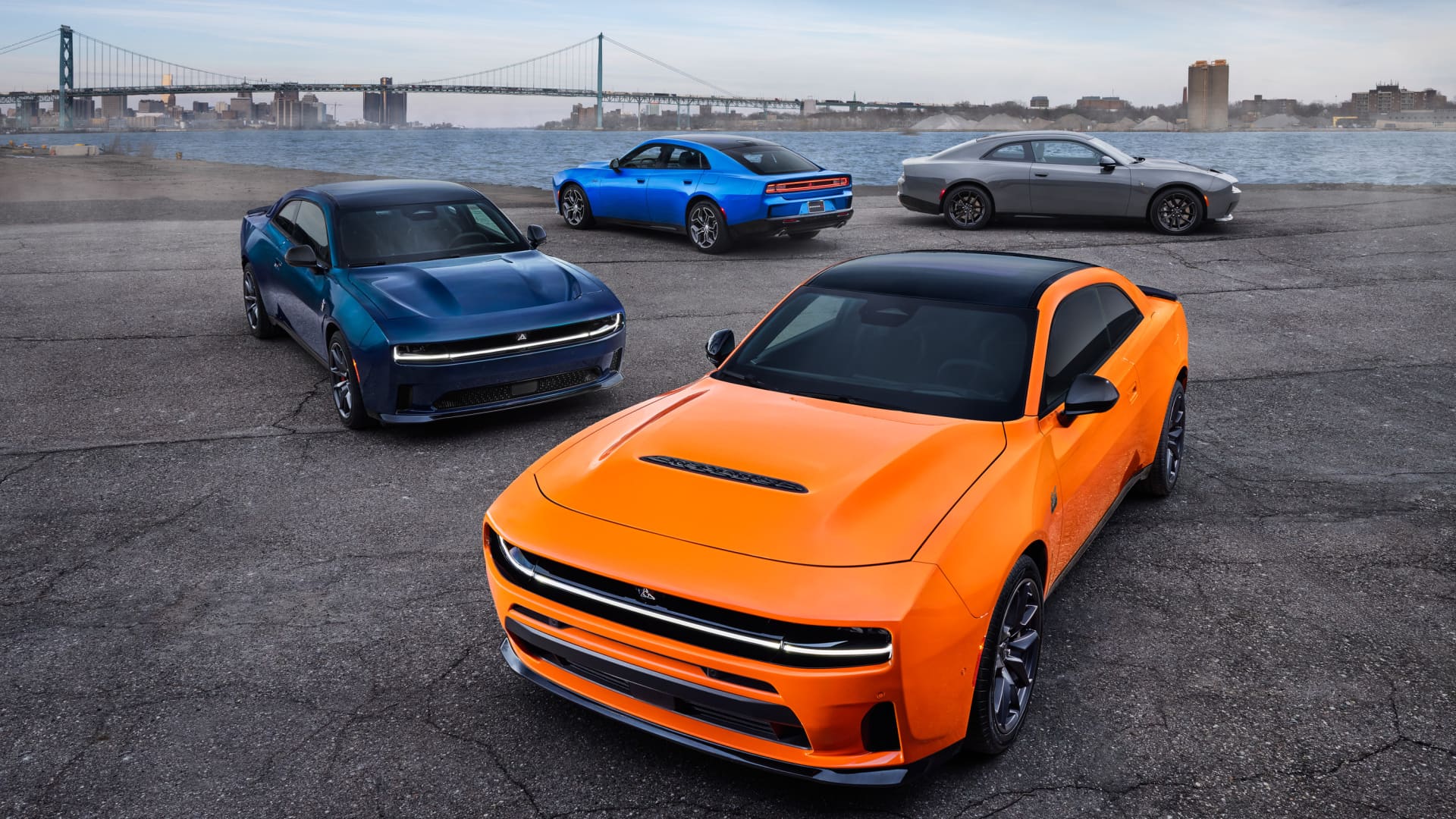
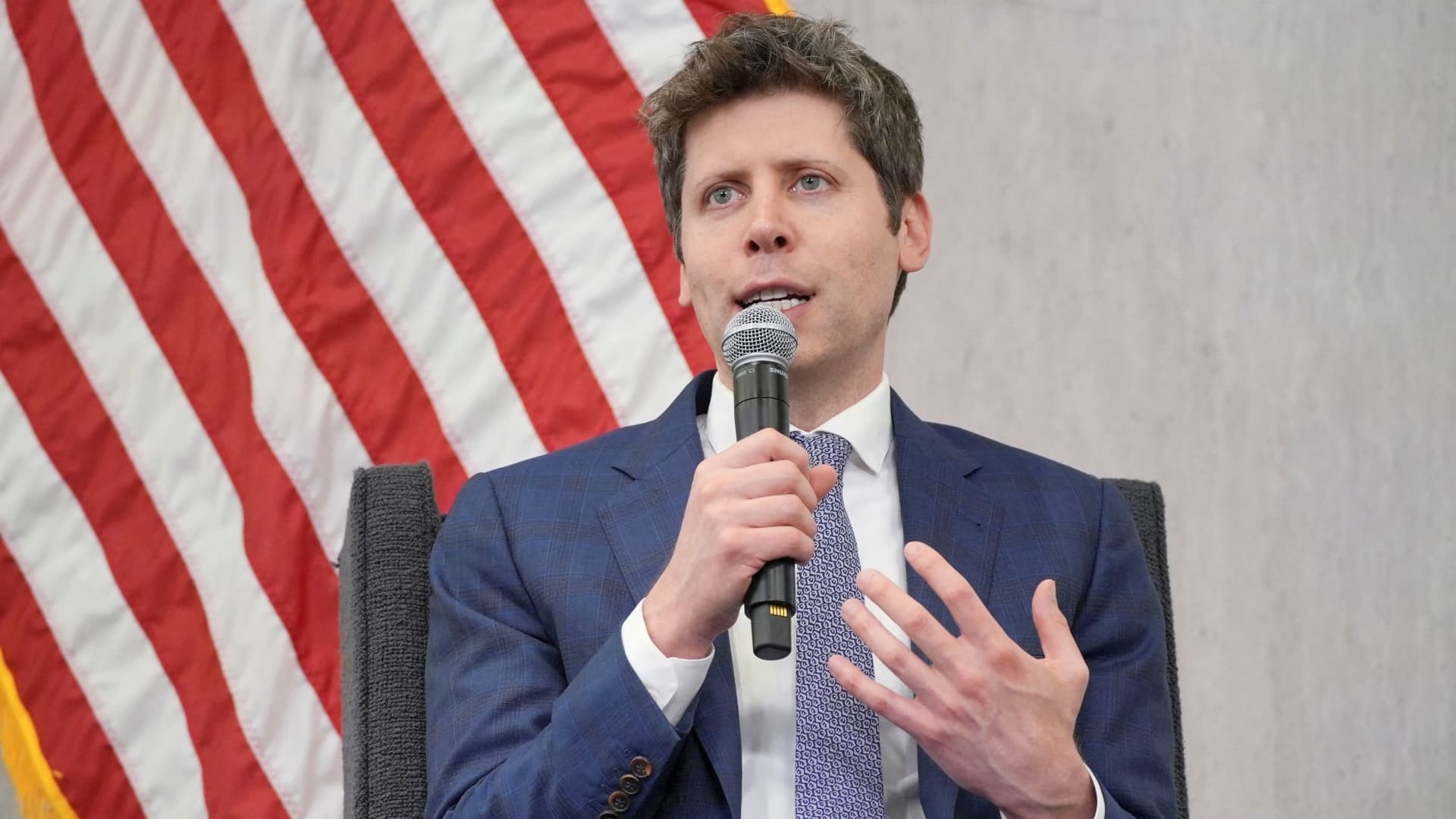




Leave a Reply